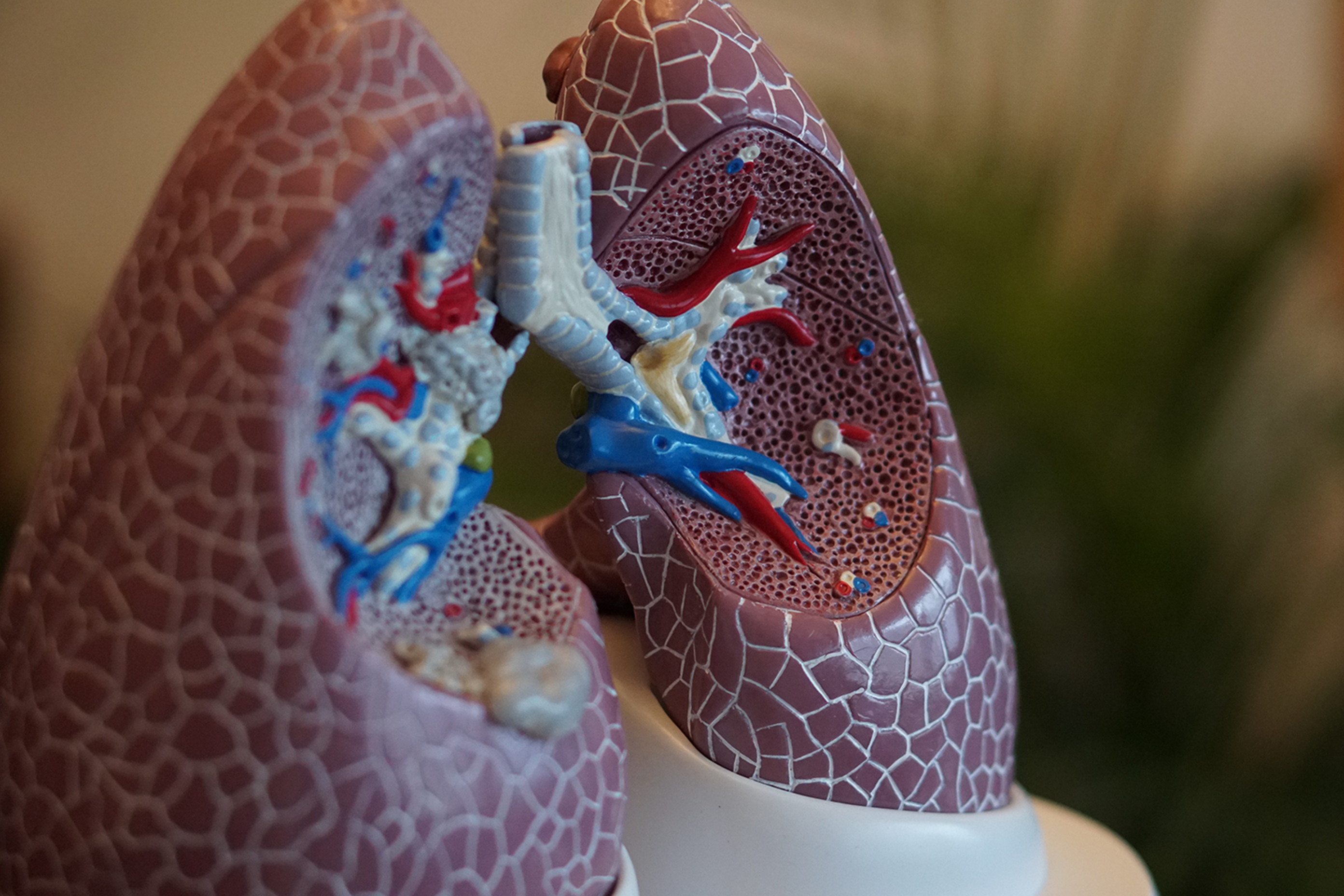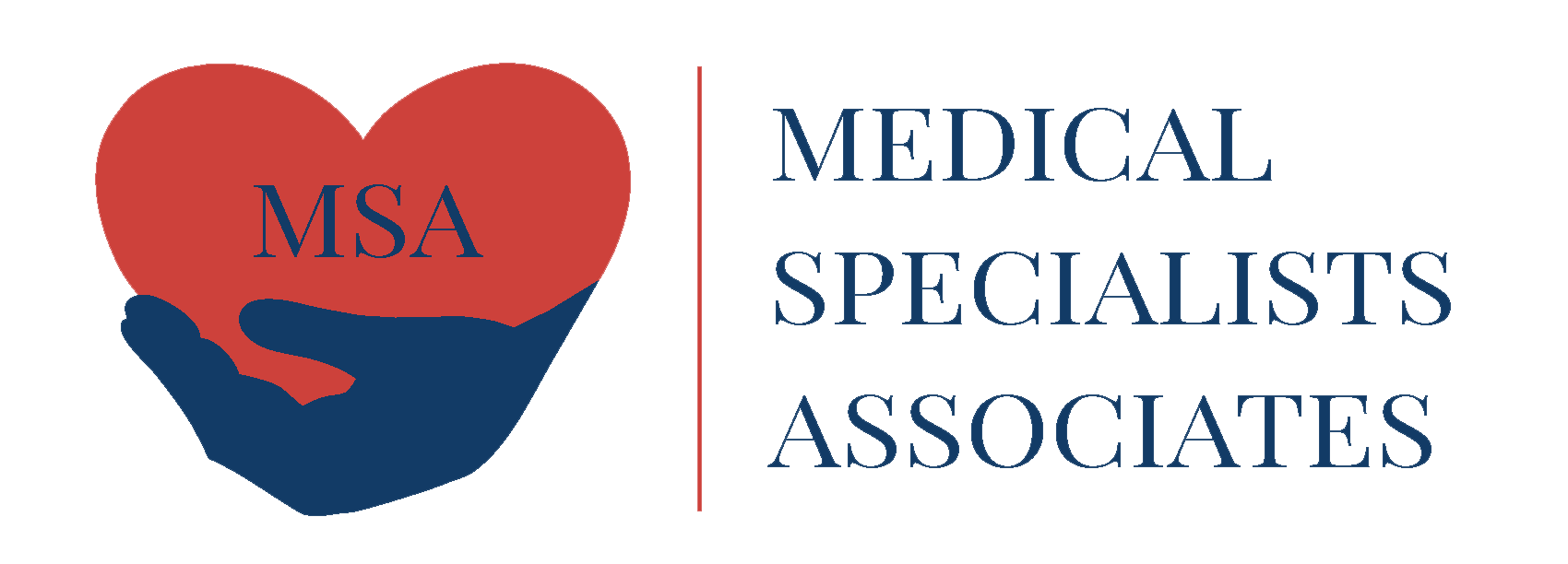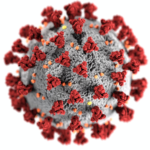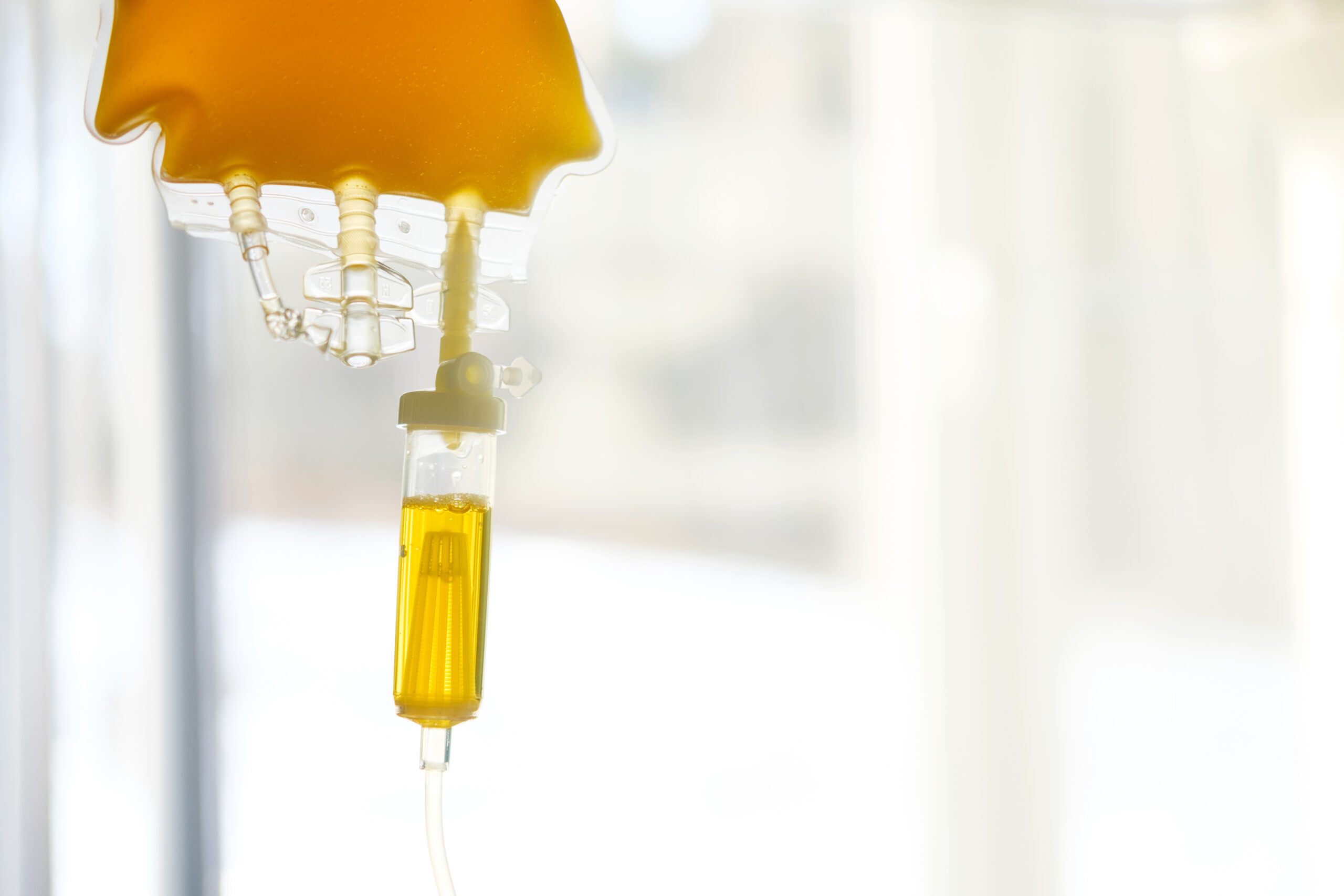
Highlighted Paper: Outcomes of COVID-19 Patients Intubated After Failure of Non-Invasive Ventilation: A Multicenter Observational Study
Photo by Robina Weermeijer on Unsplash
We at Medical Specialists Associates have spent a great deal of time highlighting the role of HFNC over Bipap in the management of COVID-19 respiratory failure. For an in depth analysis of the current societal and academic guidelines on this topic please see our summary found here.
Our concern has always been about self-induced lung injury (SILI) while on conventional Bipap. The concern is that when the patient is on an inspiratory positive airway pressure (iPap) that that support during inspiration can lead to tidal volumes greater than 9cc/kg ideal body weight, hence leading to stretch injury. This has been shown in models to lead to pulmonary fibrosis.
Form Marini’s perspective this creates the worsening of ARDS prior to mechanical ventilation by turning an L-type ARDS (so-called compliant lung) into an H-type ARDS (so called non-compliant or fibrotic lung). Management of ARDS in an H-type lung is feared to be more difficult with a higher mortality rate, though studies were pending at the time of Marini’s writing.
But this is why we choose to highlight Boscolo et al’s paper in this blog article because it draws attention to this concern of possible increased mortality with the use of Bipap to treat COVID-19 and, hence, creating an H-type ARDS during the course of its use. Boscolo et al looked at the outcomes of ICU patients, intubated after NIV failure. In it they found a 43% in-hospital mortality among patients who underwent endotracheal intubation after NIV failure for SARS-CoV-2. Moreover, length of NIV application outside the ICU exceeding 48 hours and age above 73 years were associated with greater mortality. Here the showing that length of NIV outside the ICU exceeding 48hrs we take as a surrogate that the longer a patient is exposed to excessive tidal volumes above 9cc/kg they are causing progressive self-induced lung injury (SILI) which will lead to a higher mortality rate.
These findings also bring to attention a similar paper, though focused on CPAP only, in which Vaschetto et al., describing a large population of COVID-19 patients treated with CPAP outside ICU. In that study, 60-day in-hospital mortality was significantly higher in patients undergoing CPAP for more than 3 days (cumulative incidence 51%, 95% CI, 0.39–0.61) as compared to those receiving CPAP for 3 days or less (35%, 95% CI, 0.25–0.44).
There are some limitations to mention in Boscolo et al’s work. The first is that they did not differentiate between CPAP and Bipap, or between patients supported with helmet or facial mask, nor between continuous or intermittent treatments. Also, NIV was mainly delivered through helmets, which made impossible measuring tidal volume and predicting the risk of patient self-inflicted lung injury.
These limitations aside, we believe that this paper tends to support our premise of avoiding the use of Bipap in the COVID-19 patient population, though we recognize that we are still in our infancy of understanding this new disease entity and how to best manage it in the intensive care unit. We look forward to highlighting more papers on this topic in the future.
________________________________________________________________________________________________________________________________________________
References:
- Boscolo A, Pasin L, Sella N, Pretto C, Tocco M, Tamburini E, Rosi P, Polati E, Donadello K, Gottin L, Vianello A, Landoni G, Navalesi P; FERS, for the COVID-19 VENETO ICU Network. Outcomes of COVID-19 patients intubated after failure of non-invasive ventilation: a multicenter observational study. Sci Rep. 2021 Sep 6;11(1):17730. doi: 10.1038/s41598-021-96762-1. PMID: 34489504; PMCID: PMC8421335.
- Yang J, Pan X, Wang L, Yu G. Alveolar cells under mechanical stressed niche: critical contributors to pulmonary fibrosis. Mol Med. 2020 Oct 14;26(1):95. doi: 10.1186/s10020-020-00223-w. PMID: 33054759; PMCID: PMC7556585.
- Marini JJ, Gattinoni L. Management of COVID-19 Respiratory Distress. JAMA. 2020 Jun 9;323(22):2329-2330. doi: 10.1001/jama.2020.6825. PMID: 32329799.
- Vaschetto, R. et al. Outcomes of COVID-19 patients treated with continuous positive airway pressure outside ICU. ERJ Open Res. https:// doi. org/ 10. 1183/ 23120 541. 00541- 2020 (2021).
- Cortegiani, A. et al. Tidal volume estimation during helmet noninvasive ventilation: an experimental feasibility study. Rep. 9, 17324 (2019).
- Carteaux, G. et al. Failure of noninvasive ventilation for de novo acute hypoxemic respiratory failure: role of tidal volume. Care Med. 44, 282–290 (2016).
- Mancebo J. Noninvasive Ventilation in Acute Hypoxemic Respiratory Failure: Songs of Love and Hate. Crit Care Med. 2016 Feb;44(2):444-6. doi: 10.1097/CCM.0000000000001498. PMID: 26771790.
________________________________________________________________________________________________________________________________________________




